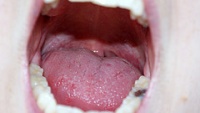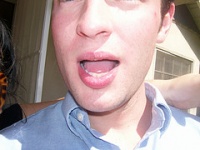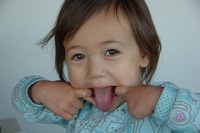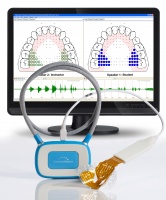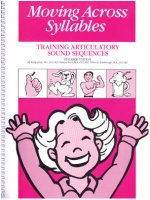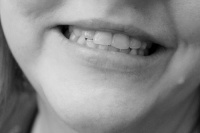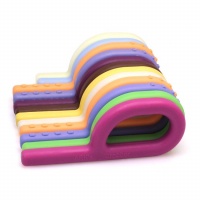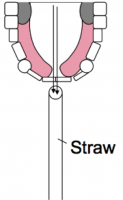
Sooooooooo many questions about teaching S come in that I want to take this opportunity to write out the simplest most direct method that therapists have been using since early in the 20th century. This method is reported in just about every articulation therapy textbook ever written. The oldest reference I have seen for it is Scripture (1912). Scripture’s book is one that Van Riper recommended. There are dozens of ways to do this, but this is the basic procedure––…

